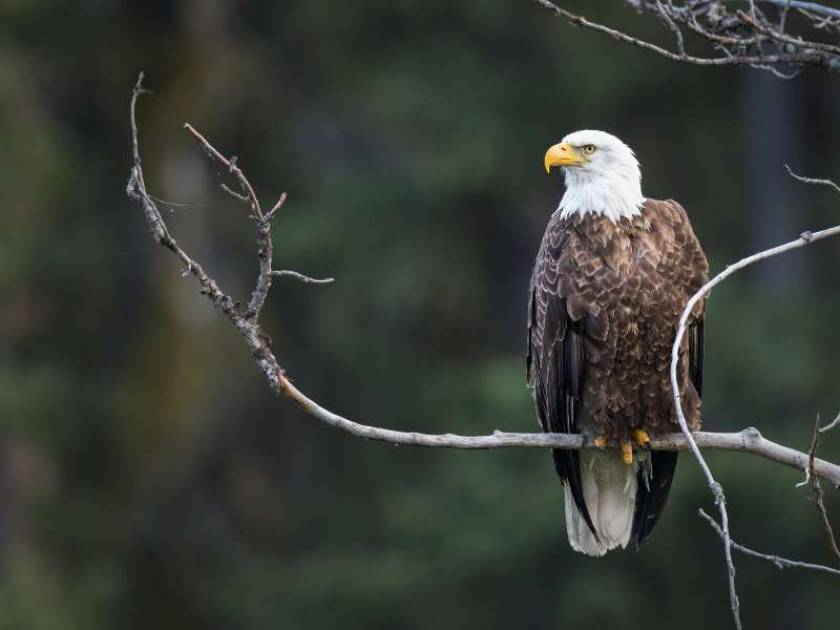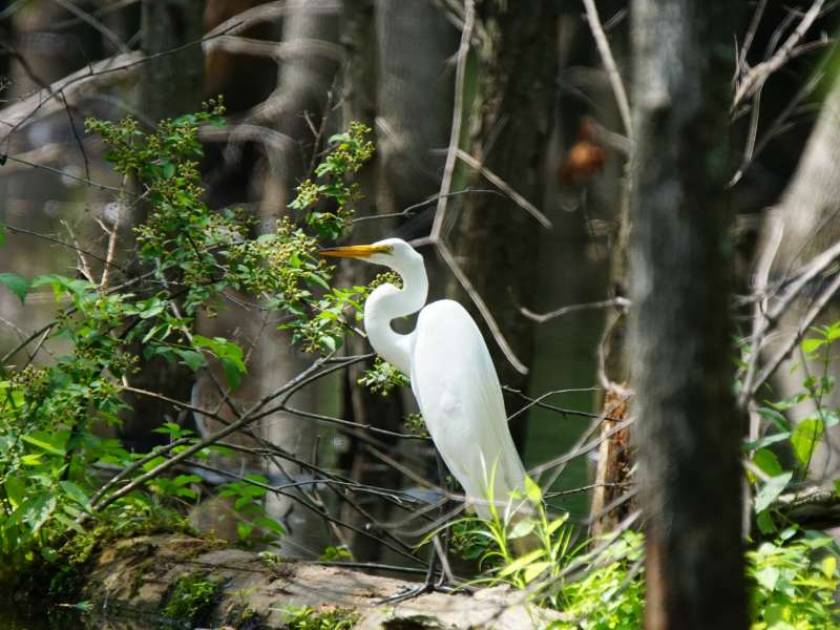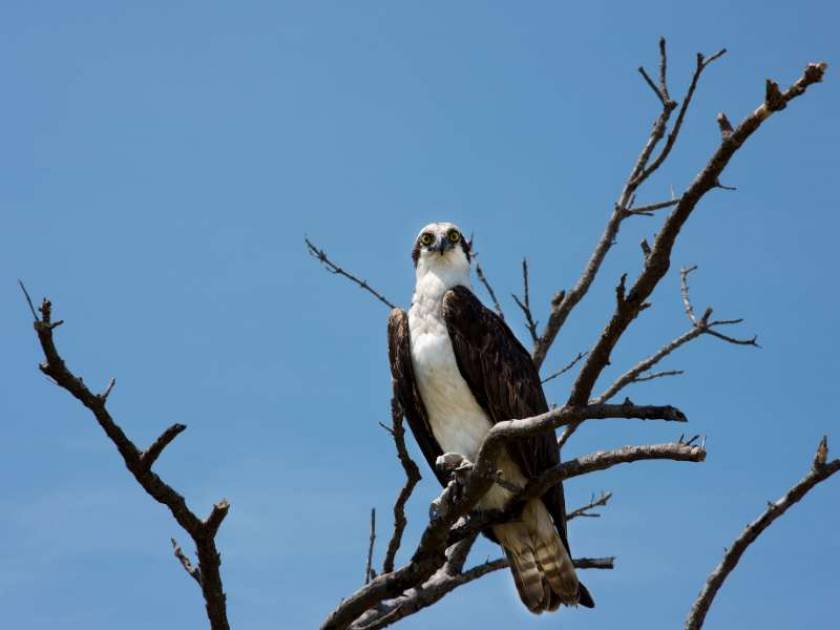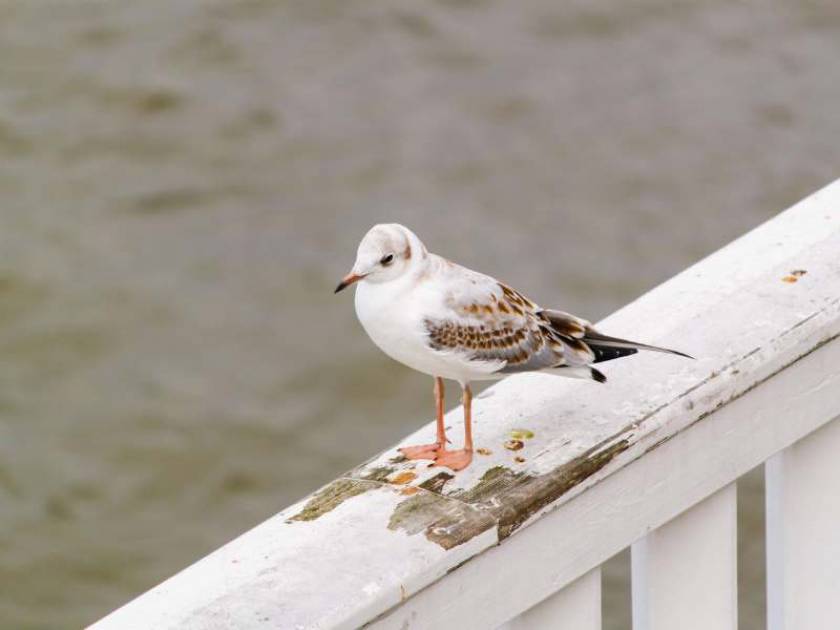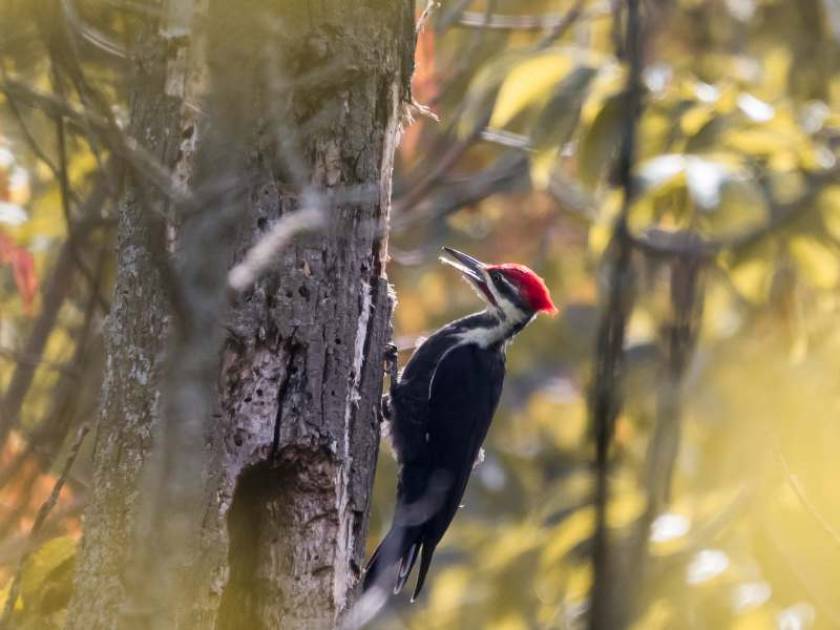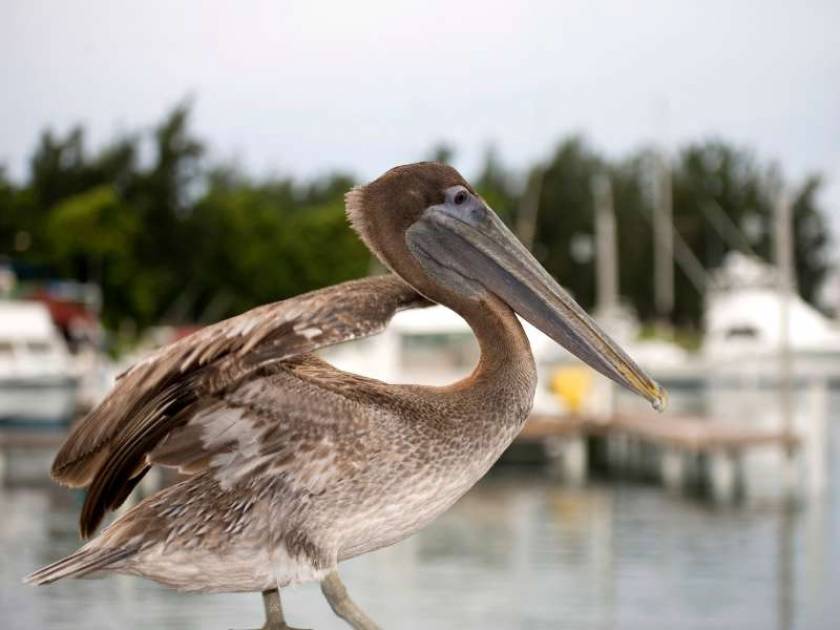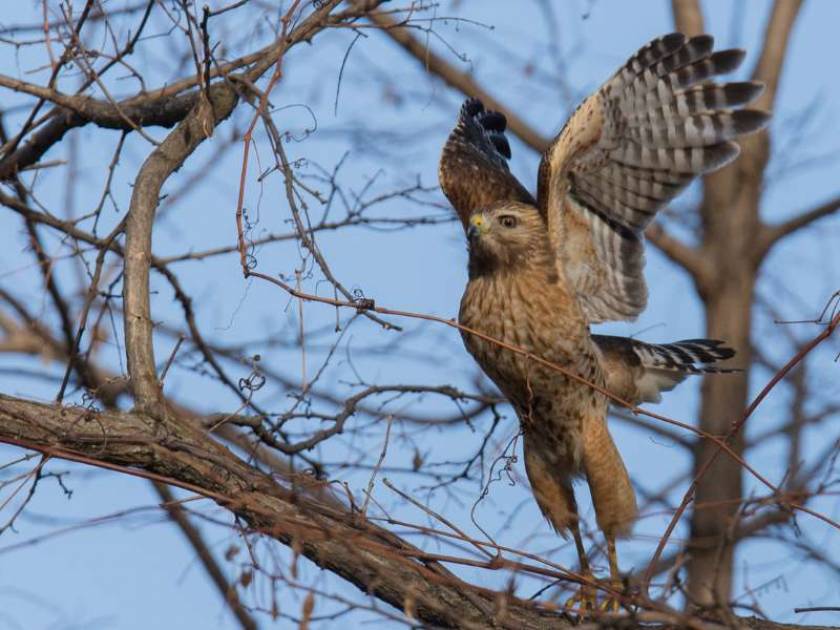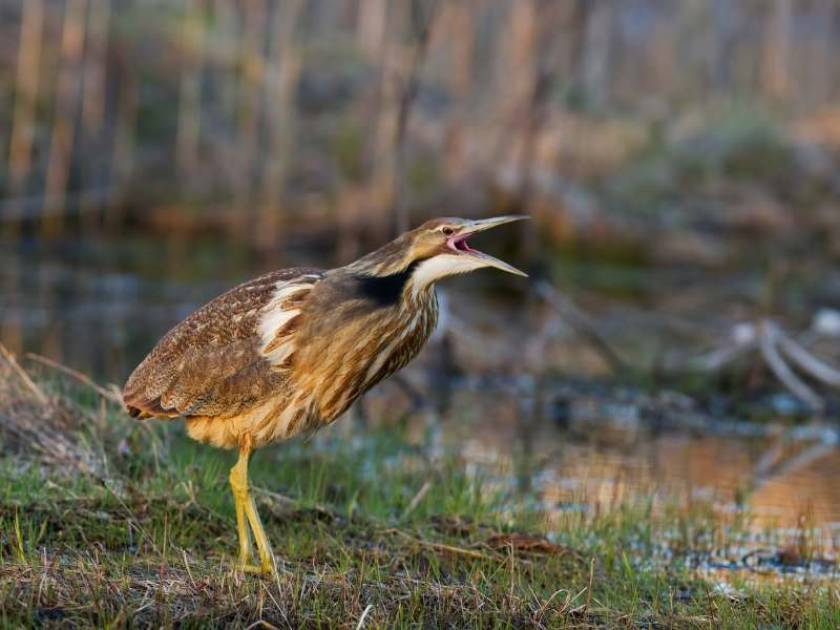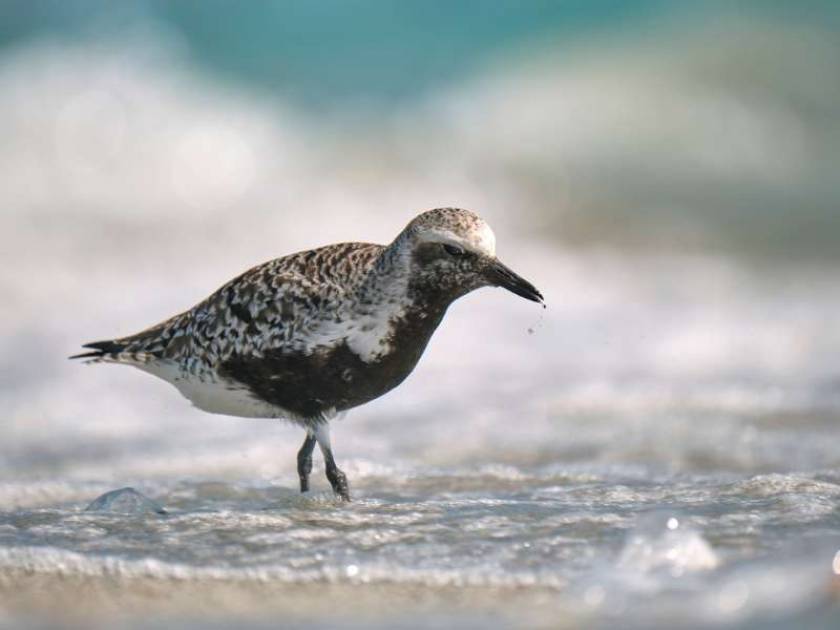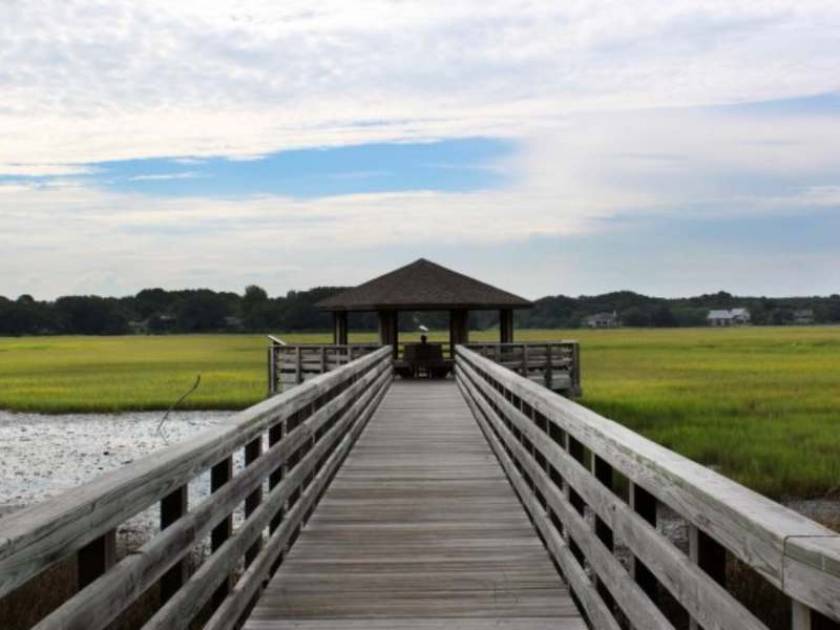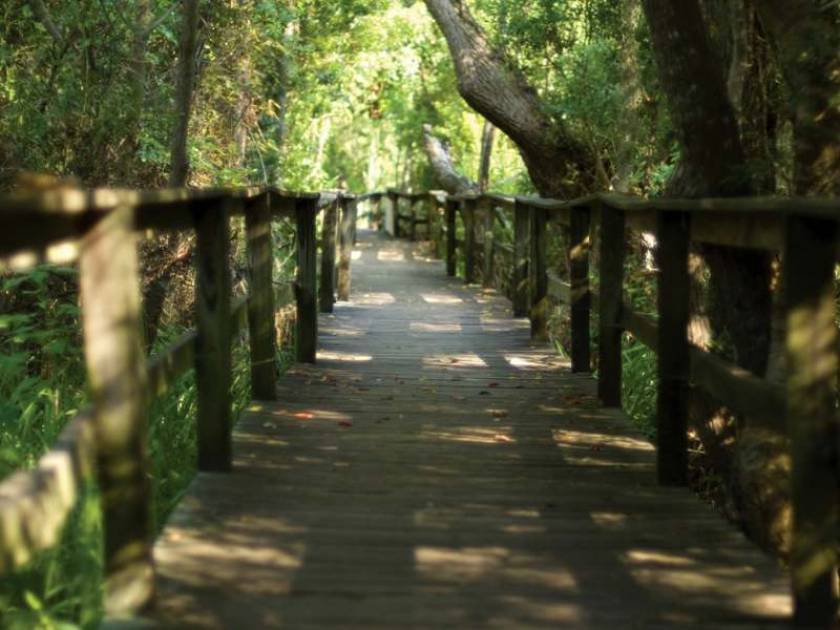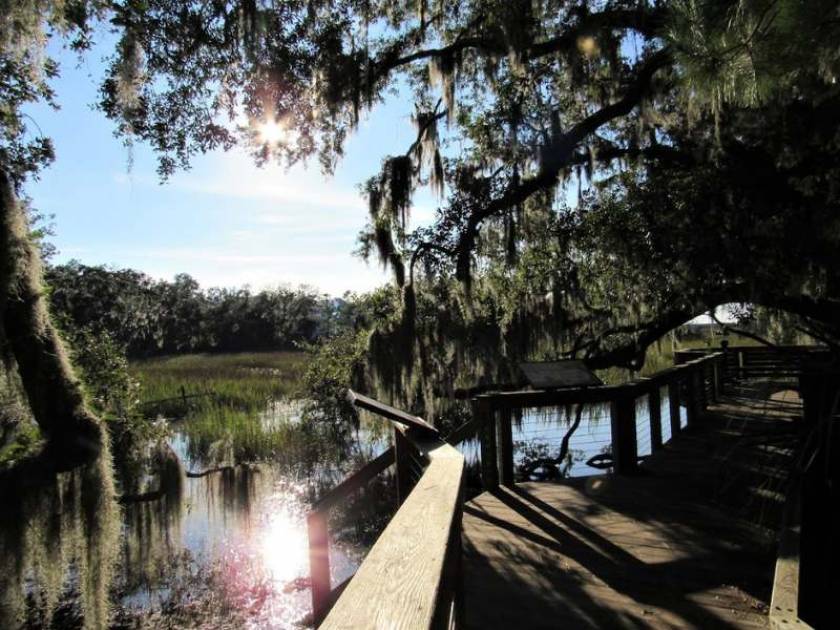Bird Watching On Hilton Head Island, South Carolina
With over 200 species of birds making their home here throughout the year, Hilton Head Island is a bird watcher’s dream destination. Even if you are not an ardent bird watching aficionado, the amount and variety of birds across the island make for easy spottings and a fun way to tour the island.
Hilton Head Island’s beaches, marshes, lagoons, bike trails, harbors, docks, and golf courses are all good areas for birding and bird photography. Just be sure to observe all traffic, wildlife, and no trespassing warnings. And never, ever feed an alligator.
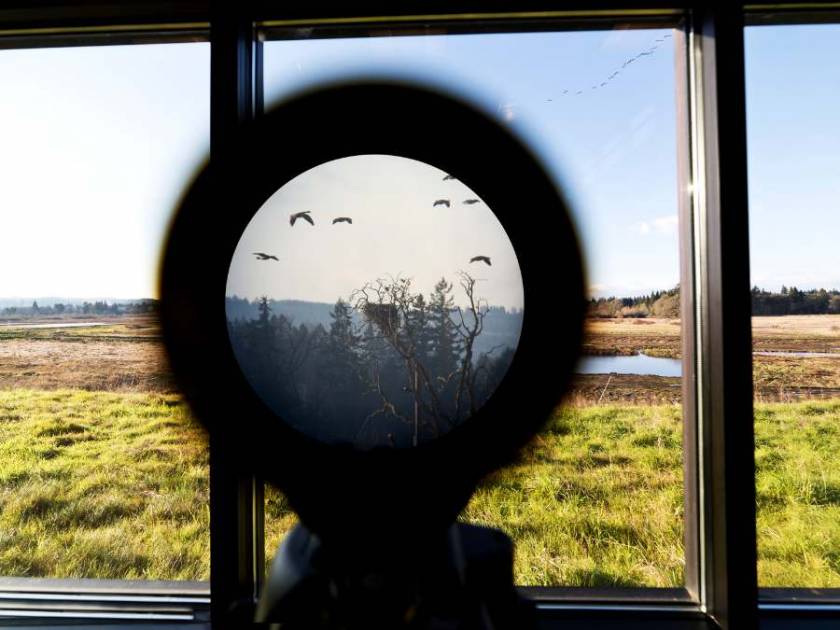
Some Tips When Birding
When you see a bird, watch it and note identifying characteristics
- Shape
- Color and markings
- Movements, how it walks, hops, or flies
- What and how it is eating: Is it hunting? Fishing? Or pecking seeds?
- Song
- Current conditions, time of year, time of day, weather
Now, you are ready to look in your field guide. Yet, if you pull the book out right away, by the time you look for the bird again, it’s gone. So bring a little pad to jot things down, so you don’t forget.
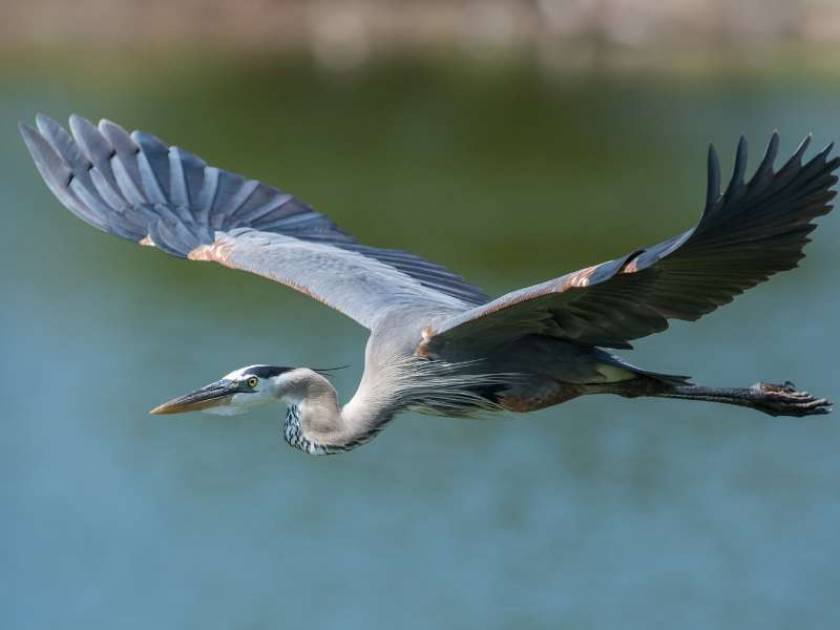
Birds You May Find On Hilton Head Island
Great Blue Heron
One of the most iconic birds in the Lowcountry is the Great Blue Heron, which makes its home here year round. It’s the biggest in the heron family, and it’s known for its understated gray/blue body, yellow beak, and wide black stripe over its eye.
Whether poised at a river bend or cruising the coastline with slow, deep wingbeats, the Great Blue Heron is a majestic sight. They may move slowly, but Great Blue Herons can strike like lightning to grab a fish or snap up a small animal. Great Blue Herons have a white phase, which can be confusing. They can look very much like a Great Egret, but their legs are not black.
Some Interesting Facts
- Despite their impressive size, Great Blue Herons weigh only 5 to 6 pounds thanks in part to their hollow bones, a feature all birds share.
- Great Blue Herons can hunt day and night thanks to a high percentage of rod-type photoreceptors in their eye that improves their night vision.
- The oldest recorded Great Blue Heron was found in Texas when it was at least 24 years, 6 months old.
Bald Eagle
The Bald Eagle has been the national emblem of the United States since 1782 and a spiritual symbol for native American people for longer than that. These regal birds aren’t really bald, but their white feathered heads gleam in contrast to their chocolate brown body and wings.
In the Hilton Head Island area, the eagles generally come back to nest in September or October. If there is a successful mating season, eggs are laid in early to mid-December and the eggs take about 35 days to hatch.
Some Interesting Facts
- Rather than do their own fishing, Bald Eagles often go after other creatures’ catches. A Bald Eagle will harass a hunting Osprey until the smaller raptor drops its prey in midair where the eagle swoops it up.
- Sometimes even the national bird has to cut loose. Bald Eagles have been known to play with plastic bottles and other objects pressed into service as toys. One observer witnessed six Bald Eagles passing sticks to each other in mid air.
- Immature Bald Eagles spend the first four years of their lives in nomadic exploration of vast territory and can fly hundreds of miles per day. Some young birds from Florida have wandered as far north as Michigan, and from California have reached Alaska.
Great Egret
The Elegant Great Egret (member of the heron family) is a dazzling sight in many Lowcountry wetlands. Slightly smaller and more svelte than a Great Blue Heron, these are still large birds with impressive wingspans.
Notable for their long black legs, snowy white body, and graceful slender neck, they hunt in classic heron fashion, standing immobile or wading through wetlands to capture fish with a deadly jab of their yellow bill.
Some Interesting Facts
- Great Egrets were hunted nearly to extinction for their plumes in the late nineteenth century, sparking conservation movements and some of the first laws to protect birds.
- Great Egrets fly slowly but powerfully: with just two wingbeats per second their cruising speed is around 25 miles an hour.
- Though it mainly hunts while wading, the Great Egret occasionally swims to capture prey or hovers (somewhat laboriously) over the water and dips for fish.
Osprey
Unique among North American raptors (predatory birds) for its diet of live fish and its amazing ability to dive into the water to catch them. Ospreys have dark brown upperparts, white underparts, a faint breast band, a small white head with dark crown, an eye stripe, and a curved and pointed bill.
Ospreys are a common sight soaring over shorelines, patrolling waterways, and standing on their huge stick nests. These large rangy hawks have rebounded in numbers following the ban on the pesticide DDT.
Hunting Ospreys are a picture of concentration, diving with feet outstretched and yellow eyes sighting straight along their talons.
Some Interesting Facts
- Ospreys are excellent anglers. Over several studies, Ospreys caught fish on a least 1 in every four dives, with success ratios sometimes as high as 70 percent.
- An Osprey may log more than 160,000 migration miles during its 15-20 year lifetime.
- The name “Osprey” made its first appearance around 1460, via the Medieval Latin phrase for “birds of prey” (avis prede).
Laughing Gull
Swirling over beaches with strident calls and a distinctive, crisp black head, Laughing Gulls provide sights and sounds evocative of summer on the East Coast. You’ll run across this handsome gull in large numbers at beaches, docks, and parking lots where they wait for handouts or fill the air with their raucous calls. Laughing Gulls are year-round residents of Hilton Head Island.
Some Interesting Facts
- The male and female Laughing Gull usually build their nest together. If a male cannot find a mate, he may start building a nest platform and then use it to attract a female.
- The Laughing Gull is normally diurnal, or active during the day. During the breeding season it forages at night as well. It usually looks for food along the beach at night, but will also hover to catch insects around lights.
Pileated Woodpecker
The Pileated Woodpecker is one of the biggest, most striking forest birds on the continent. It’s nearly the size of a crow, black with bold white stripes down the neck and a flaming red crest.
Look (and listen) for Pileated Woodpeckers (a somewhat rare sighting on Hilton Head Island) whacking at dead trees and fallen logs in search of their main prey, carpenter ants, leaving unique rectangular holes in the wood. The nest holes these birds make offer crucial shelter to many species including owls, ducks, and bats.
Some Interesting Facts
- The Pileated Woodpecker digs characteristically rectangular holes on trees to find ants. These excavations can be so broad and deep they can cause small trees to break in half.
- A Pileated Woodpecker pair stays together on its territory all year round. It will defend the territory in all seasons, but will tolerate new arrivals during the winter.
Brown Pelican
The Brown Pelican is a comically elegant bird with an oversized bill, sinuous neck, and big dark body. Squadrons glide along the surf rising and falling in a graceful echo of the waves. They feed by plunge-diving from high up, using the force of impact to stun small fish before scooping them up.
Some Interesting Facts
- While the Brown Pelican is draining the water from its bill after a dive, gulls often try to steal the fish right out of its pouch, sometimes while perching on the pelican’s head.
- Pelicans are not above stealing a fish, as they follow fishing boats and hang around piers for handouts.
- The oldest Brown Pelican on record was 43 years of age.
Red-Shouldered Hawk
Whether wheeling over a swamp forest or whistling plaintively from a riverine park, a Red-Shouldered Hawk is typically a sign of woods and water.
This year-round resident to all of South Carolina (and most of the eastern half of the U.S.) is one of our most distinctively marked common hawks with barred reddish peachy underparts and a strongly banded tail. In flight, translucent crescents near the wingtips help to identify the species at a distance. These forest hawks hunt prey ranging from small mice to frogs and snakes.
Some Interesting Facts
- Red-shouldered Hawks return to the same nesting territory year after year. One Red-Shouldered Hawk occupied a territory in southern California for 16 consecutive years.
- By the time they are five days old, nestling Red-Shouldered Hawks can shoot their feces over the edge of the nest. Bird poop on the ground is a sign of an active nest.
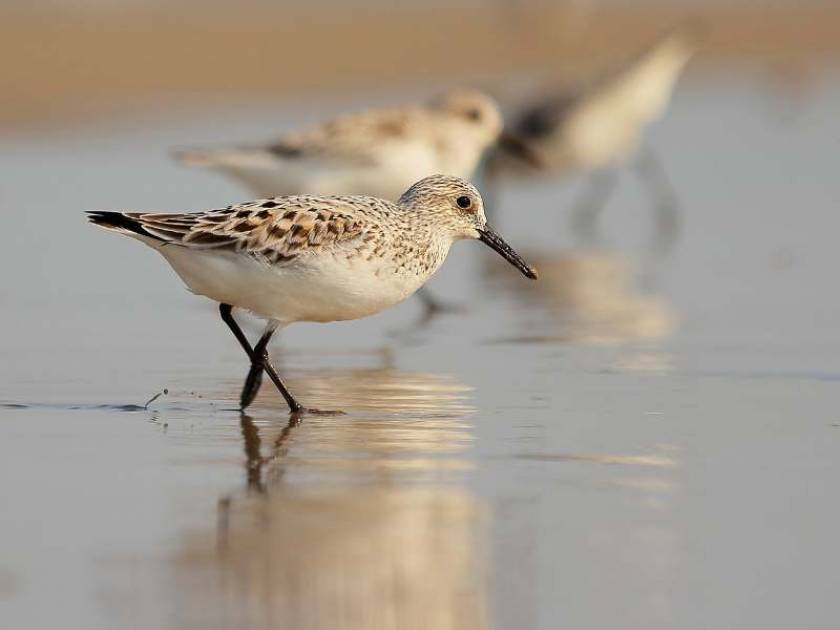 Shore Birds
Shore Birds
Sanderlings
The Sanderling’s black legs blur as it runs back and forth on the beach, picking or probing for tiny prey in the wet sand left by receding waves. Sanderlings are medium sized “peep” sandpipers recognizable by their pale nonbreeding plumage, black legs and bill, and obsessive wave chasing habits.
Some Interesting Facts
- The Sanderling is one of the world’s most widespread shorebirds. Though they nest only in the high Arctic, in fall and winter you can find them on nearly all temperate and sandy beaches throughout the world.
- After foraging on the beach, Sanderlings often regurgitate sand pellets stuffed with fragments of mollusks and crustacean shells.
American Bittern
You’ll need sharp eyes to catch sight of an American Bittern. This streaky, brown and buff heron can materialize among the reeds and disappear just as quickly especially when striking a concealment pose with neck stretched and bill pointed skyward. These stealthy carnivores stand motionless amid tall marsh vegetation or patiently stalk fish, frogs, and insects.
Some Interesting Facts
- American Bitterns are heard more often than seen. Their booming, clacking, gulping calls have earned them some colorful nicknames, including “stake driver,” “thunder pumper,” “water belcher,” and “mire drum.”
- The oldest recorded American Bittern was over 8 years, 4 months old, when it was found in Ontario where it was banded as an adult 8 years previously in 1940.
Black-bellied Plover
The Black-bellied Plover is a large shorebird with a short neck and a distinctive black belly and face. This species is remarkable for its amazing migrations. The North American population breeds in the high Arctic and spends the winters on the coasts of southern Canada, the United States, Mexico, and Central and South America.
Black-bellied Plovers are known for being cautious and screaming out loud alarm calls that warn the bird community of danger.
Some Interesting Facts
- The Black-bellied Plover is a very widespread shorebird, occurring on six continents.
- Plovers, as a group, spend their lives on the ground, running along beaches and flats in search of food.
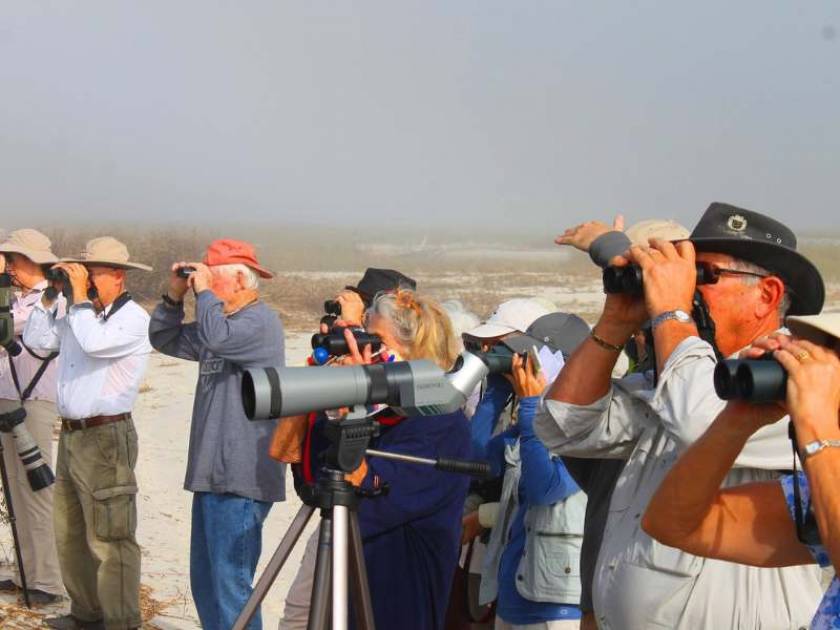
Hilton Head Island’s Best Birding Spots
Audubon Newhall Preserve
The Audubon Newhall Preserve is a 50-acre nature preserve that is owned and operated by the Hilton Head Island Audubon Society, a non-profit and volunteer organization. There are over 140 bird species recorded at the preserve.
Audubon Newhall Preserve
55 Palmetto Bay Road
Hilton Head Island, SC 29928
Fish Haul Creek Park
Fish Haul Creek Park isn’t well known with visitors because it’s on Port Royal Sound and isn’t really a swimming beach, but that’s what makes it so special. This 31-acre park is a haven of peacefulness and a hidden gem. Walk the shaded trail through the unspoiled maritime forest which leads to the seashore.
Fish Haul Creek Park
120 Mitchellville Road
Hilton Head Island, SC 29926
Sea Pines Forest Preserve (fee)
The Sea Pines Forest Preserve is a protected area with a maritime forest, marshland, wildflower meadow, freshwater lakes, and more. It is a wonderful way to watch for birds. However, be aware that you will need to pay the fee to enter the Sea Pines Resort.
Sea Pines Forest Preserve
(located within The Sea Pines Resort)
32 Greenwood Drive
Hilton Head Island, SC 29928
Pinckney Island National Wildlife Refuge
A birdwatching trip to the Lowcountry isn’t complete without exploring Pinckney Island National Wildlife Refuge. There are more than 14 miles of trails for hiking, biking, and soaking up the sights and sounds of nature, including many bird songs. The wildlife refuge is situated on a small island between Hilton Head Island and the mainland town of Bluffton, SC.
Pinckney Island National Wildlife Refuge
Bluffton, SC 29910
Honey Horn and the Coastal Discovery Museum
The Historic Honey Horn Plantation consists of 68 acres of saltmarshes, grassy areas, and forest complete with stately mossy oaks. Plenty of trails, walkways, and benches abound. The Coastal Discovery Museum is its own gem and also worth exploring.
Honey Horn Plantation
70 Honey Horn Drive
Hilton Head Island, Sc 29926
Jarvis Creek Park
A 53-acre park with a large pond, fishing pier, open fields, wooded areas, and walking trails.
Jarvis Creek Park
50 Jarvis Creek Road
Hilton Head Island, SC 29926
Sandy coastlines, verdant green forests, and protected wetlands make Hilton Head Island a hospitable environment for birds of all types, shapes, and sizes. From the snowy egret, large blue heron, majestic ospreys, and bald eagles – plenty of feathered friends make their home on the island. If you’d like to experience a sighting, you’re in luck. Snatch your binoculars and make ready to encounter and enjoy the birds of Hilton Head Island.
